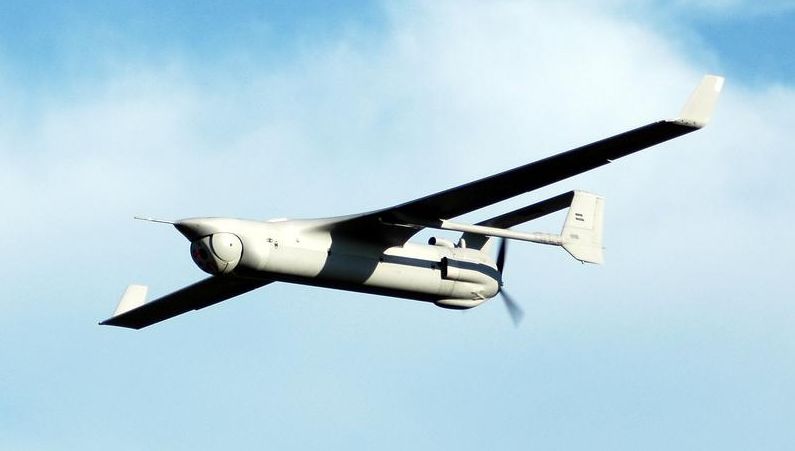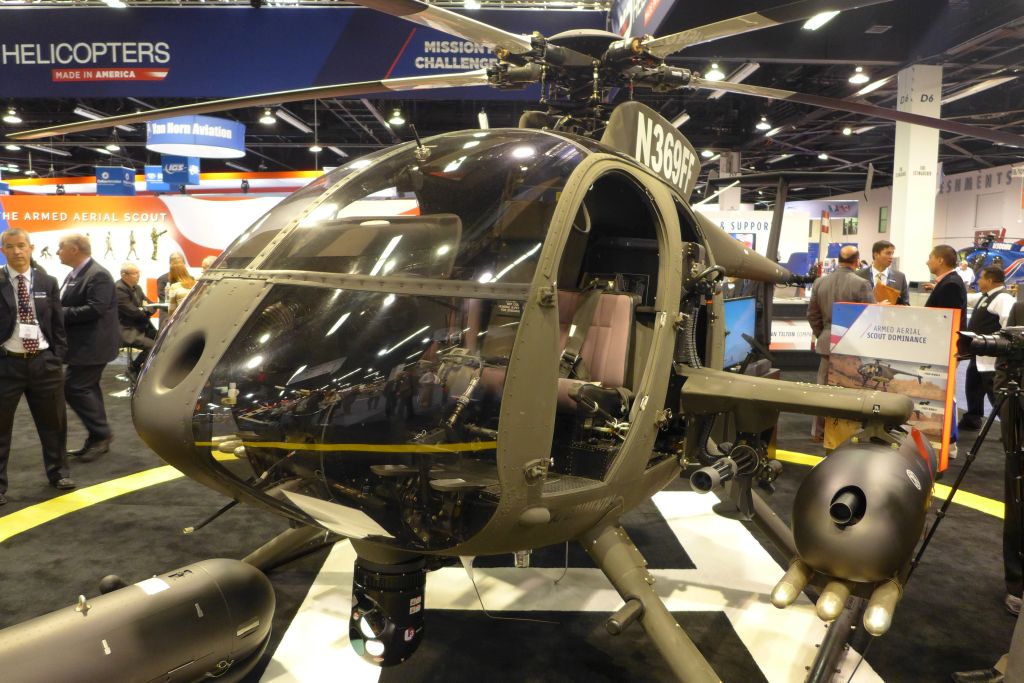Unmanned aircraft systems (UASs) have become increasingly prevalent in and important to U.S. military operations. Initially serving only as reconnaissance or intelligence platforms, they now carry out such other missions as attacking enemy forces.
The swift expansion in their numbers and in the demand for their employment has, however, significantly increased demands on logistics and training systems. The challenge is not simply training system operators but also training operational forces and their commanders to integrate the systems into combat operations. Much of that aspect of training has thus far happened as units employ the systems in actual operations — essentially, on-the-job training.
UAS training, particularly for the employment of UASs, now needs to be integrated more formally and cost-effectively into service and joint training programs. This report develops a general concept for training military forces in employment of UASs and a framework for addressing the training requirements and discusses the limits of existing infrastructure in supporting UAS training.
Interoperability among services is another issue, because services have thus far mainly developed training suitable for their own needs. But the services have established a set of multiservice tactics, techniques, and procedures for UASs, which should facilitate interoperability training.
At present, units are not always ready for joint training, so the focus should be on improving training at the unit level in the employment of UAS capabilities, with the overall guiding principle being to “train as we fight.”
Key Findings in the Report
Each Service Needs to Resolve its Own Training Problems First
- At this time, DoD should encourage each service to solve its own UAS training problems, incorporating the agreed multiservice tactics, techniques, and procedures.
Services Need to Address Qualification Levels
- Army trainers have indicated that Army units are better at maintaining operator qualification for Shadows than for Ravens. Nevertheless, some units have trouble maintaining high qualification rates — some units have arrived at the NTC with one-half or fewer of their operators qualified.
Range and Beddown Space is an Issue
- DoD should support current and future programs to develop more ranges and beddown and support facilities similar to those in the Army’s current programs.
- As multiservice training in the employment of UAS capabilities becomes more of a priority, the Air Force’s current basing and beddown posture will become a problem. The Air Force could consider the location of Army training bases when choosing where to base its UAS fleet. Another possibility is deploying Air Force UASs and their supporting ground and launch-and-recovery elements to Army and Marine Corps training centers — essentially, the approach used now to deploy UASs for operations in theater.
Simulators Should Not Be a Priority at this Time
- Given current budget limitations, the current state of UAS simulator technology, the importance of fully developing the opportunities for live training, and the relatively low cost of such training, diverting funds to a research and development program to develop combat simulators would seem to be unwise at this time.
Recommendations
- Promulgate a training strategy focused on preparing operational forces to capitalize on UAS capabilities, built on a foundation of home station training as a prerequisite for multiservice interoperability training at the major maneuver training centers.
- Support the services in building out the training infrastructure at home station.
- Undertake a full cost and effectiveness analysis before proceeding on any investment for new UAS simulators.
Building Toward an Unmanned Aircraft System Training Strategy (411 downloads)











